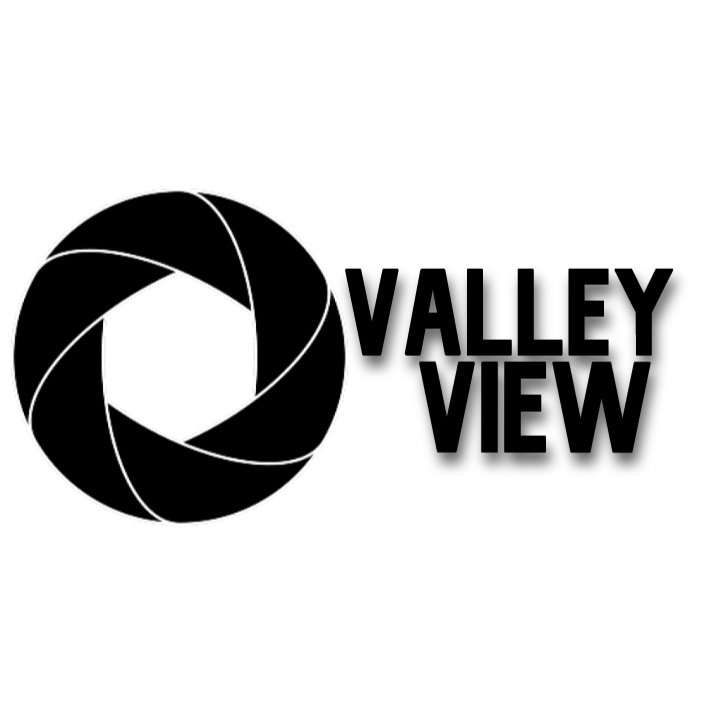Use of AI in Real Estate Photography
Artificial Intelligence has quickly become a buzzword in the world of real estate marketing. From virtual staging to image enhancement, AI tools promise faster turnarounds and cheaper edits. But when it comes to real estate photography, the overuse of AI often sacrifices what matters most: accuracy, honesty, and trust.
AI-generated images can easily misrepresent a property. While these changes may look appealing online, they risk misleading potential buyers and damaging the credibility of both the real estate agent and the photographer.
The Problem With AI in Real Estate Photography
AI tools that manipulate photos blur the line between enhancement and deception. AI often alters architecture, or present an unrealistic version of a home that doesn’t reflect what buyers will actually see in person.
This not only violates ethical standards in real estate marketing, but it also undermines the value of skilled, professional photography.
A Human Approach to Real Estate Imagery
Every photo I deliver is captured, composed, and edited by hand. Never through AI shortcuts or automated edits. My process ensures each image accurately represents the space while still highlighting its best features through natural light, composition, and careful editing.
I believe in authentic real estate photography that builds trust between agents and buyers. The best marketing images don’t need to be artificially generated — they need to be real, honest, and professionally crafted. Any job that can be done by a human is ALWAYS performed by a human for Valley View Photo.
The Bigger Picture
AI has had major impacts beyond real estate. It’s changing how people perceive art, creativity, and truth. When machines can generate “perfect” images in seconds, the genuine artistry behind human photography is at risk of being devalued.
As technology continues to evolve, staying grounded in authenticity matters more than ever. Real homes deserve real photography.
